Palacio de Monterrey stands as a remarkable feat of architecture in a city graced with numerous extraordinary structures. Its inception dates back to the 16th century when the Count of Monterey undertook its construction, aiming to showcase his affluence and grandeur during the Renaissance period. The striking exterior boasts elaborate stone patterns and intricate embellishments that mirror the artistic brilliance of that era. Upon stepping inside, visitors are treated to splendid chambers adorned with intricately carved wooden ceilings, ornate tapestries, and awe-inspiring wall frescoes, offering a glimpse into the lives of Spanish nobility from bygone days.
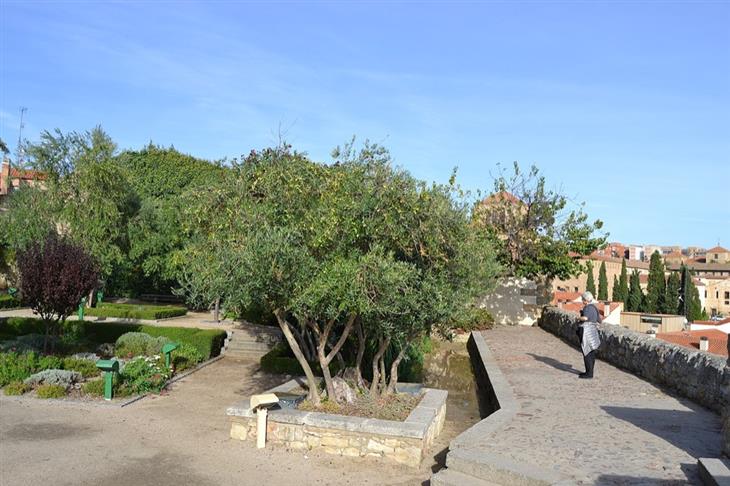
Perched above the ancient thoroughfares of the historical city lies a botanical garden, christened in honor of personalities from Fernando de Rojas' literary masterpiece "La Celestina." Once a secluded garden, it now blossoms as a public paradise, gifting patrons with an enchanting emerald expanse and breathtaking vistas. Adorned with statues paying homage to Fernando de Rojas' oeuvre, this idyllic setting beckons one to unwind with one of his literary works or enjoy its serenity alongside a cherished companion.
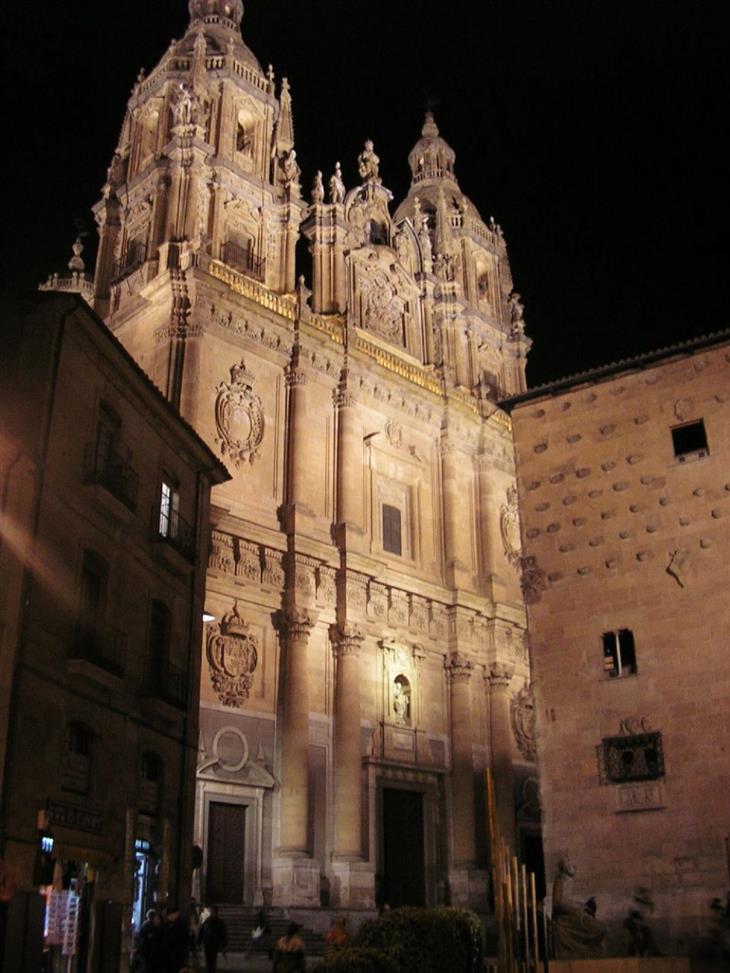
La Clarice stands as a testament to the city's commitment to preserving its rich artistic heritage and customs. Originally constructed as a Jesuit seminary during the 17th century, this edifice exemplifies Baroque architecture and religious significance through its facade adorned with intricate sculptures and embellishments. The opulent baroque style extends within the church, evident in the ornate altar, lavish wall paintings, and ubiquitous decorations. Ascending the church tower rewards visitors with a breathtaking panoramic vista of Salamanca's historic skyline. While navigating the stairs presents a mildly challenging endeavor, each step unravels unique insights into this remarkable structure.
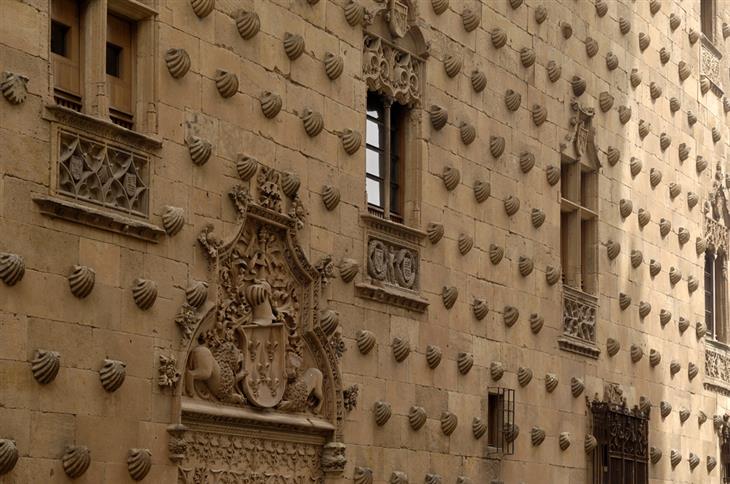
The Oyster House stands as a remarkable illustration of Renaissance architectural design, boasting an intriguing background. This distinguished structure was erected towards the conclusion of the 15th century and features an elaborate facade adorned with over 300 seashells intricately carved into it, representing the emblem of the Convent of Santiago. Beyond its distinctive exterior, this edifice possesses a captivating history; originally constructed as a dwelling, it has previously functioned as both a university edifice and even as a correctional facility. Presently, it houses a public library and extends an open invitation to visitors to meticulously explore its concealed nooks and crannies.
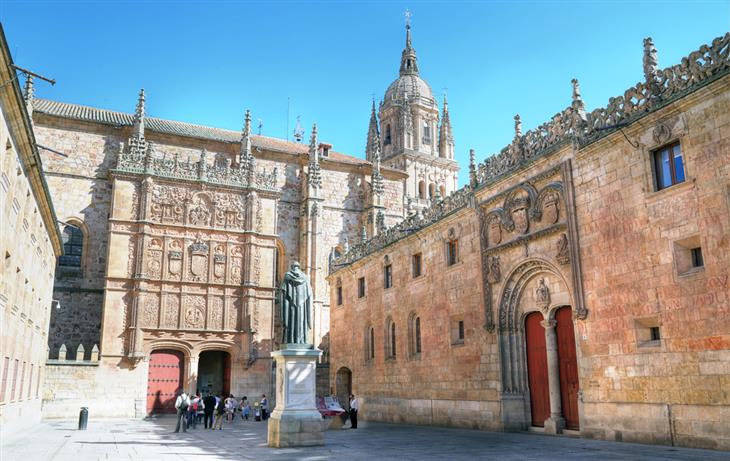
Established in 1218, the University of Salamanca stands as the oldest operating institution in Spain, celebrated for its rich cultural heritage and academic eminence. Visitors will be captivated by the beauty of its gardens, lecture halls, and library. It is highly recommended to seek out one of its unique features – a frog sculpture discreetly nestled among the intricate carvings on the building's facade – believed to bestow good fortune upon students. This esteemed university has played a pivotal role in shaping the Spanish language and has been a nurturing ground for numerous renowned writers, including Miguel de Cervantes, famed for his work "Don Quixote de la Manche."
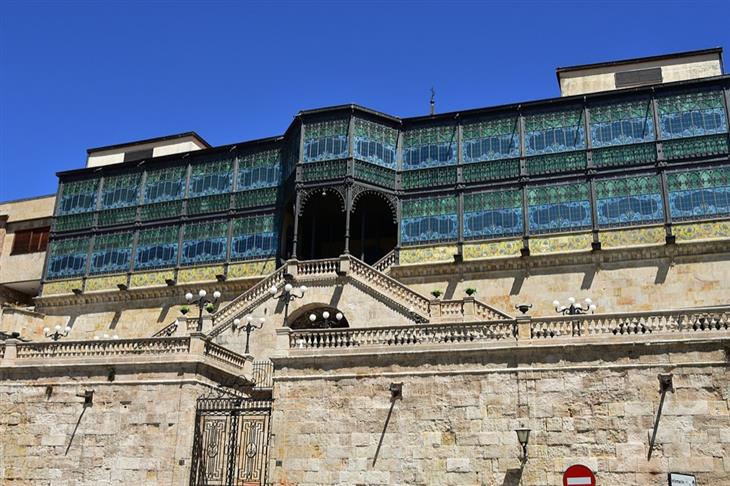
Originally, this house started as a privately owned structure, but now it stands as a museum offering insight into the extravagant lifestyle of bygone times. Erected during the period spanning 1901 to 1905, the edifice continues to astonish its visitors with its intricate metalwork, exquisite stained glass windows, and vivid artistic patterns that distinctly represent Art Nouveau. The museum boasts an extensive array of art pieces, encompassing glass and porcelain works that exemplify the remarkable creativity of craftsmanship from the early 20th century.
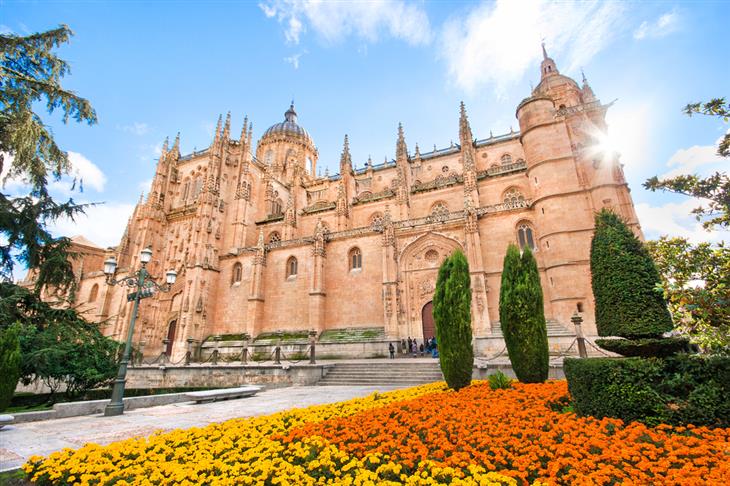
Standing tall against the Salamanca skyline, this church represents a remarkable blend of Gothic and Baroque architecture. Its construction commenced in the 16th century, resulting in a distinct fusion of styles that mirrors the evolution of artistic preferences among architects over time. Elaborate stone carvings and statues adorn its facade, while inside, an expansive vaulted ceiling and intricately designed chapels captivate visitors. Notably, the Jeronimos Tower within the church offers sweeping panoramic views of the city from its highest point despite being a challenging ascent—an endeavor that undeniably rewards with breathtaking vistas.
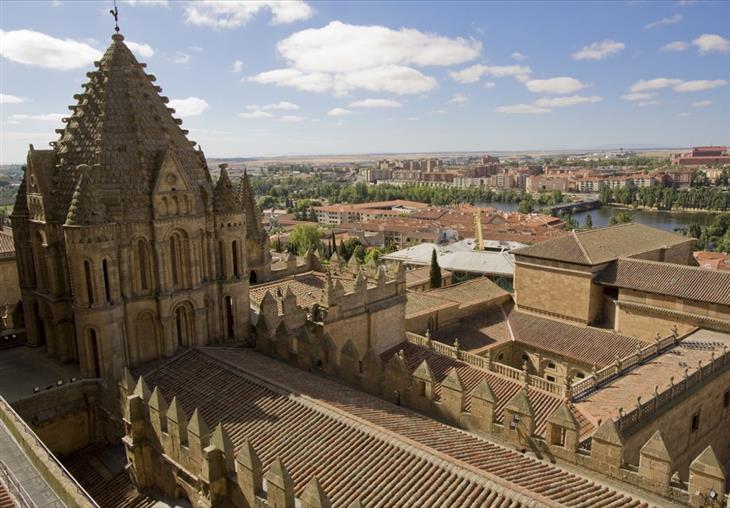
Venture beyond Hadha and journey back to the 12th century to immerse yourself in the rich spiritual legacy of this remarkable destination. Behold the intricately adorned façade, adorned with meticulously crafted embellishments and sculptures, while the octagonal dome stands as a captivating architectural marvel. Noteworthy is the Ramos gate, which showcases biblical tableaus in a truly impressive manner. Due to its perpetual popularity, it's advisable to arrive early to avoid being engulfed by noise and crowds that could detract from your experience.
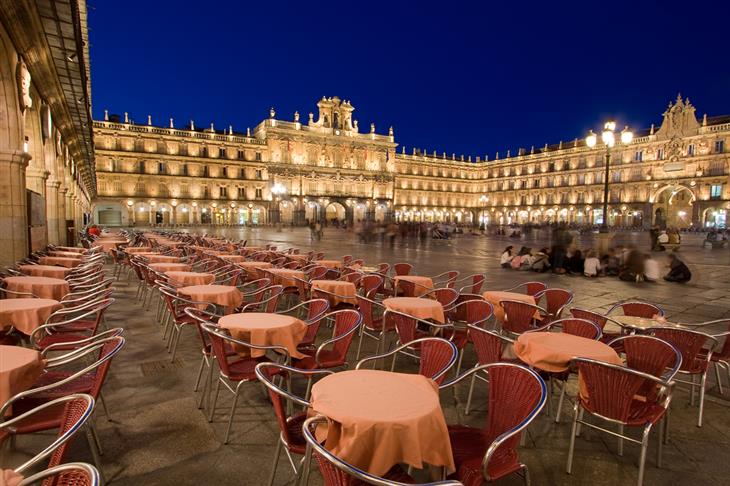
At the core of the urban center lies a convergence of history, culture, and daily existence. Originating in the 18th century, this expansive plaza is an exemplar of Baroque architecture, enveloped by meticulously crafted arcades and archways. The clock tower looms as an emblem of civic pride, while a plethora of inviting cafes and eateries beckon visitors to unwind within their confines. It's essential to recognize that while indulging in these establishments, you're ensconced in a site teeming with pivotal historical occurrences such as regal pronouncements. By day, it offers a tranquil respite; however, at nightfall when aglow with illumination, its ambiance transcends into something truly enchanting.
Photo sources: depositphotos,
Cruccone, E
milio J. Rodríguez Posada,
Rufus Gefangenen,
Richard Mortel,
Lawrence OP
